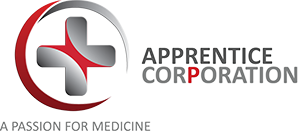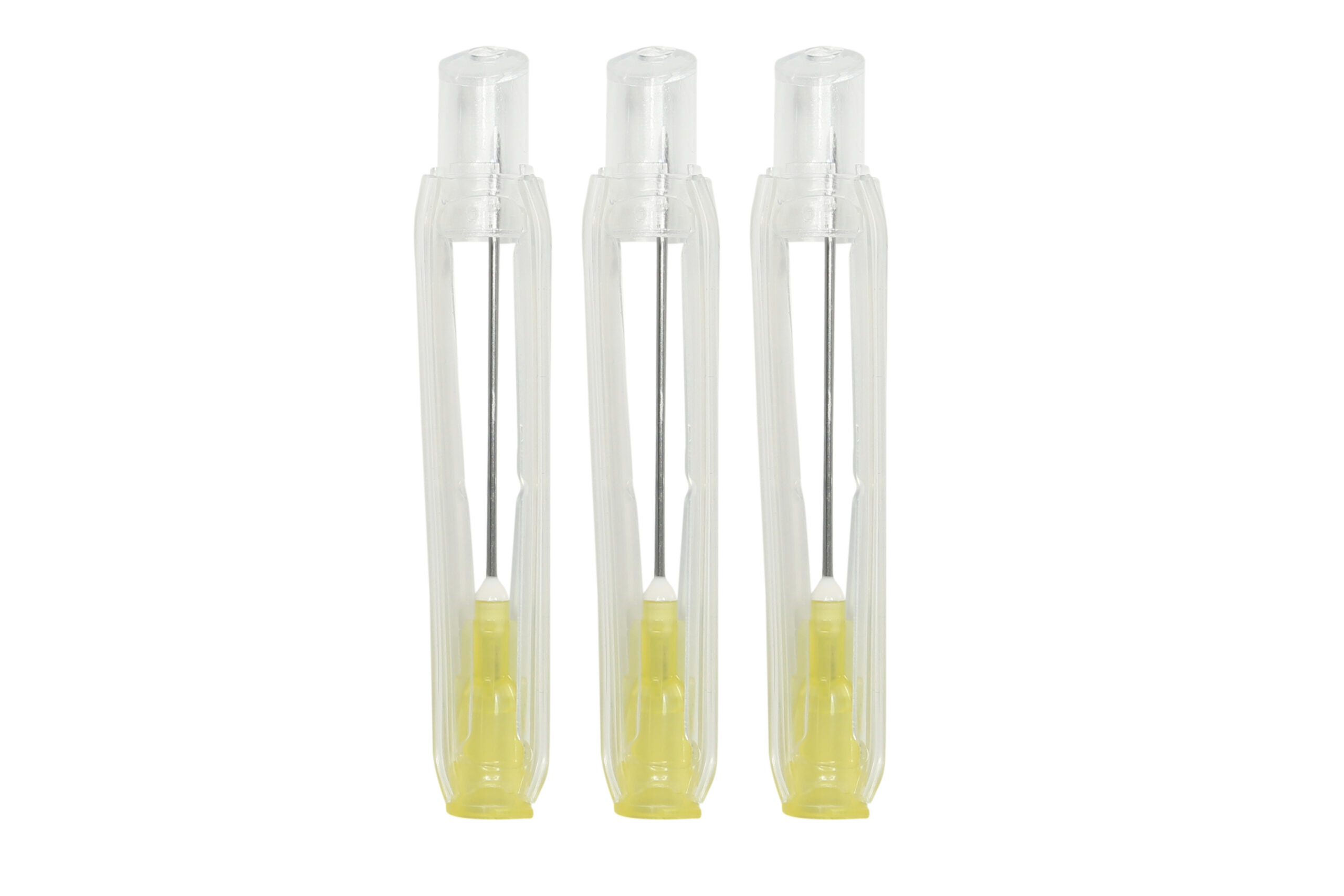Medical treatments aim at saving lives and improving health and prevent the spread of infections associated with healthcare provision. Safe injection practices and proper infection control protect patients and healthcare workers. Unsafe injection practices are recognized as a main source of infection in transmitting blood-borne diseases like Hepatitis B, D and C, and HIV. This spurs on the need for safety syringes.
How retractable needles work
The safety or retractable syringe action is similar to a traditional needle except in one aspect. Once you inject the required amount of fluid, the needle retracts protecting from accidental injuries due to needle sticks. Similarly, when you draw blood, you cover the exposed needle with a safety barrel to protect the user from injury.
Need for safety needles
- An estimated 5.6 million U.S healthcare workers have a risk of exposure to blood-borne diseases through needlestick injuries and other sharp object injuries.
- Healthcare personnel in a hospital setup sustain the number of injuries due to needle stick numbers over 385,000. Nearly 40% of the injuries occur after use and before the sharp devices are disposed of. 41% of the injuries occur while sharp devices are used and 15% of injuries during disposal or after it.
- The testing and consequent follow up costs after needle stick injury can go up to $5,000 based on the type of treatment provided.
- There is the emotional risk of anxiety and fear faced by healthcare personnel about the consequences like drug toxicity, loss of work time and social implication.
- American Hospital Association maintains that a single case of serious infection due to lack of safety needle use can add up to $1 million and more costs related to tests, follow-up, disability payment and lost time.
Saving expenditure
Every product that is introduced to the market at present is more expensive than the conventional or existing products used. This is also the situation in case of safety needles. However, when the product use becomes prevalent and machine cost compensation occurs, the price naturally comes down. Manufacturers generally charge more for safety products, when compared to traditional models and attribute the expense to cost of startup, low volume production, and more parts but this tends to decline with an increase in demand.
Usability of safety needles
While safety needles help in preventing infection and costs, you should account for the convenience and practicality of its use. Convenience is an important criterion. In a survey conducted on the available safety syringe models, the NMT type of safety syringes retracts automatically into the syringe after you empty the chamber, rates at 7.10 on a scale of 10. Single-handed application of the safety mechanism was easy to activate in all models of safety syringes, factors like operation time, accuracy, and prompt use design were favorable, and health care workers preferred the new devices when compared to conventional devices.
Now hospitals are waking up to the advantages present in retractable safety needles and over 20 states in the US have laws and regulations for use of safety devices. While it is important to protect patients, the health care workers should also get adequate protection. The safety syringes bring down the incidences of iatrogenic infection and give cost savings to.
What do you think? Leave us a comment below.

